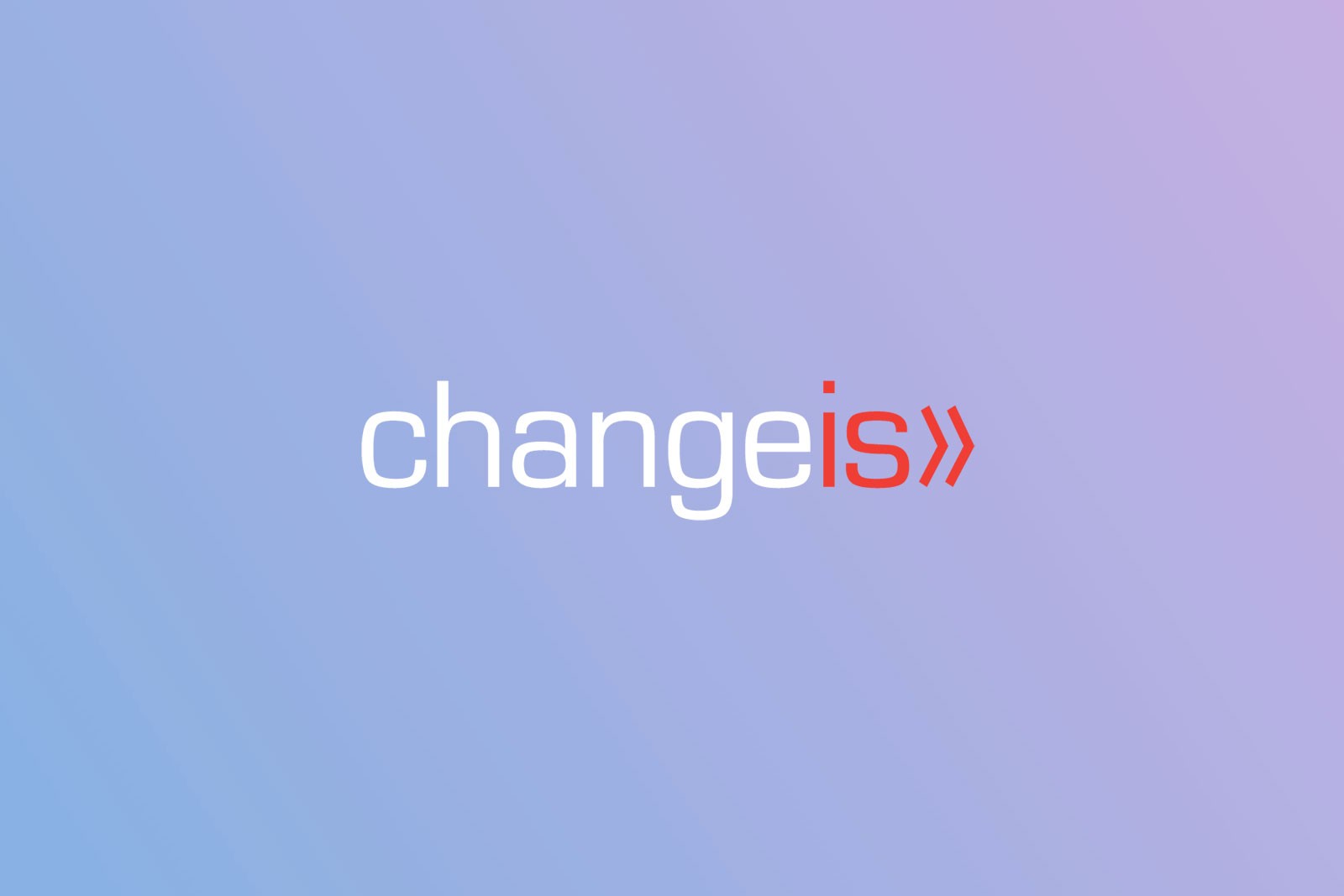The Office of Federal Procurement Policy reports that the Federal Government pays contractors more than 1 in every 6 dollars spent. With contract expenditures being a significant portion of the U.S. Federal budget, it is imperative that the continuous development of the Federal acquisition workforce be a high priority.
A recent memorandum from the Office of Management and Budget entitled Increasing Efficiencies in the Training, Development, and Management of the Acquisition Workforce, highlighted the need to grow the base of talented and skilled personnel who can plan, manage and oversee acquisitions. The memo calls for the Federal Acquisition Institute (FAI) to lead two initiatives; the reduction of overall staff management database systems and the improvement in use of training resources across agencies.
Additionally, this memo calls for all civilian Federal agencies (with few exceptions) to implement several actions within their internal procedures. These include the following:
Increase the use of the Federal Acquisition Institute Training Application System (FAITAS) through:
1) Centralized Acquisition Workforce Profiles
The FAI maintains FAITAS, an acquisition labor force training and career management system. FAITAS is available to all Federal Government Agencies. By centrally locating acquisition workforce profiles, FAITAS can be utilized as a support tool; updating procurement professionals with targeted information regarding training and policy. Consolidated information will also provide a government-wide view of human capital to support planning and development of initiatives.
Historically, members of the acquisition workforce who are required to be included in the FAITAS profiles generally include:
- “Positions in the general schedule contracting series (GS-1102) and non- DOD uniformed personnel in comparable positions;
- Contracting Officers regardless of general schedule series with authority to obligate funds above the micro-purchase threshold;
- Project/Program Managers (P/PMs); and
- Contracting Officer’s Representatives (CORs).”
For a complete definition of the civilian agency acquisition workforce, see Developing and Managing the Acquisition Workforce Policy Letter.
2) Centralized Acquisition Training Registration
Multi-agency utilization of FAITAS will allow for centralized training registration and efficient use of training resources. Agencies will use FAITAS to register attendees for agency-provided training and classes with openings can then be filled by personnel from other agencies.
3) Certification and Continuous Learning Tracking
Agencies are also instructed to have personnel use the FAITAS to apply for Federal Acquisition Certification, as well as track continuous learning points. Once again, information on certification and continuous learning stored in FAITAS will provide an overall perspective of the skill level of the acquisition workforce.
Agencies are also called to:
Support the Federal Acquisition Council on Training (FACT)
The FAI is responsible for managing the Federal Acquisition Council on Training, a group which will focus on enhancing the use of acquisition training resources across agencies. FACT will be working to improve collaboration and increase awareness between agencies for curriculum development efforts, learning development standards, as well as leveraging funding of curricula.
In addition to Government mandated efficiencies, several professional associations such as the National Contract Management Association (NCMA) and the National Institute for Governmental Purchasing (NIGP) offer training and learning opportunities.
In today’s fiscal environment, skilled acquisition professionals can leverage acquisition planning and oversight to develop innovative acquisition strategies and achieve the best value for taxpayers. Investing in the development of procurement personnel is a valuable investment in support of our Federal financial budget and ultimately in the missions of each individual agency.
